Stripe has acquired payments API provider Orum to deepen its instant payout and bank transfer capabilities. But this isn’t just a fintech deal — it’s another sign that programmable money rails are becoming foundational to global finance.
The headline: Stripe doubles down on fast, flexible money movement
As reported by Finextra, Stripe has acquired Orum, a New York–based startup focused on real-time payment APIs, particularly across ACH, FedNow, and other U.S. bank rail systems.
Orum’s technology allows for:
- Smart bank routing
- Real-time account verification
- Same-day and instant ACH processing
- Integration with FedNow and RTP (Real-Time Payments) infrastructure
This acquisition will be integrated into Stripe’s Global Payments and Treasury Network, strengthening its core API suite for bank payments and expanding Stripe’s ability to offer near-instant payouts for marketplaces, lenders, and platforms.
Why this matters beyond Stripe
This deal isn’t just about fintech convenience. It speaks to broader shifts in global money architecture, where programmable, intelligent liquidity movement is becoming as important as credit cards once were.
Three core trends are at play:
- The rise of real-time, account-to-account payments
FedNow, SEPA Instant, UPI — the old rails are being rebuilt for speed. Stripe wants to sit directly on top of them all. - Settlement flexibility as a product feature
For platforms, payroll, and crypto on/off-ramps, the ability to move funds instantly — not in 1–3 days — is becoming table stakes. Orum gives Stripe that capability natively. - The infrastructure war for programmable money is heating up
As crypto and DeFi mature, traditional payment processors are racing to match their flexibility — without the volatility.
RatEx42 perspective
1. API-first liquidity is the new moat
With Orum, Stripe gains not just faster transfers, but programmable payout logic — think condition-based settlements, embedded finance, and smart disbursement systems.
This is the same logic that powers crypto-based settlement protocols — and it’s moving on-chain and off-chain alike.
2. Expect more Stripe–crypto crossover
Stripe already supports fiat-to-crypto on-ramps for USDC and ETH. With Orum’s ACH/FedNow stack, it could soon become a preferred partner for stablecoin issuers, RWA projects, and tokenized finance platforms seeking fiat integration.
3. Crypto-native infra must compete with high-efficiency TradFi stacks
The bar is rising. If DeFi wants to win, it must offer settlement performance, UX, and institutional-grade reliabilitythat rivals what Stripe is building.
RatEx42 will begin scoring fiat-crypto bridges and RWA platforms by settlement speed, reconciliation latency, and payout logic transparency.
Final word
Stripe’s acquisition of Orum isn’t flashy. It’s foundational.
It marks the quiet convergence of fintech and programmable finance — where real-time liquidity, not just crypto volatility, becomes the engine of innovation.
Because in this game, the fastest path to money is the most valuable asset.
More at RatEx42.com



